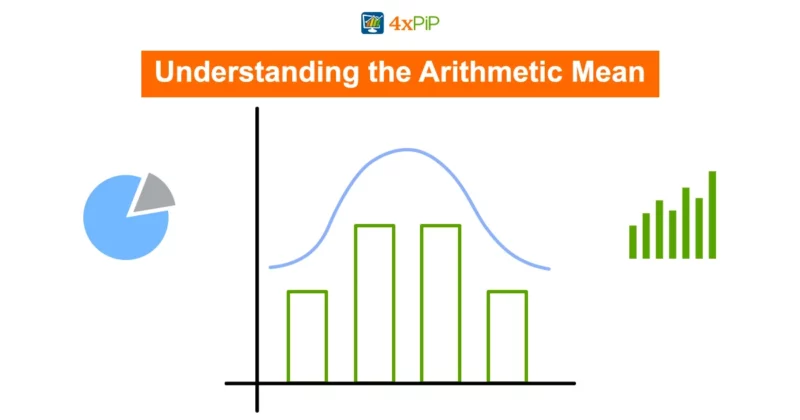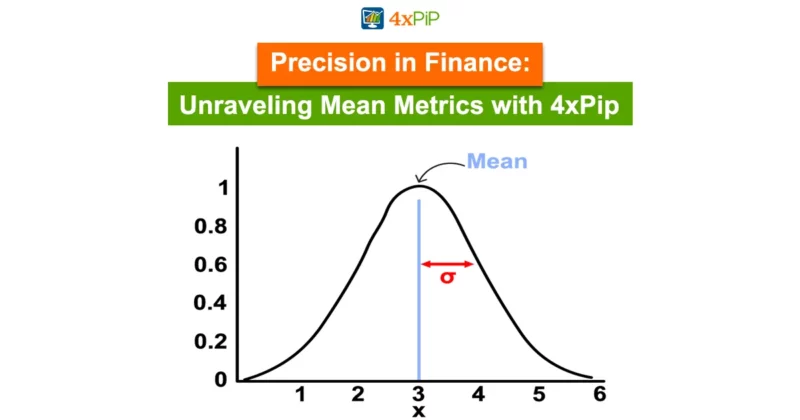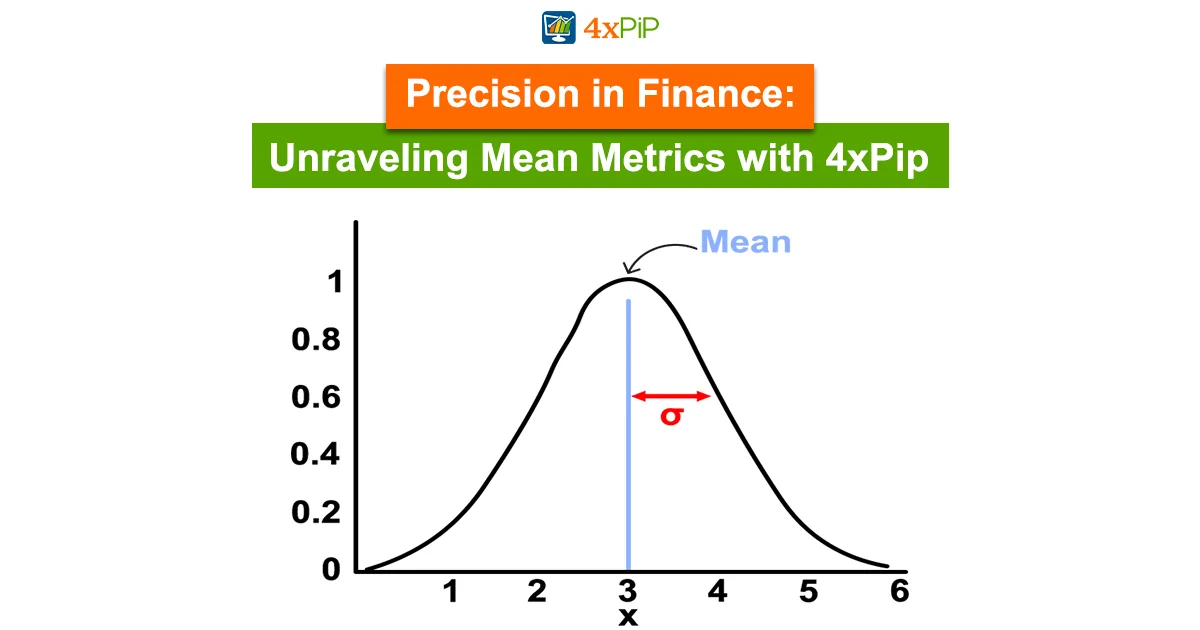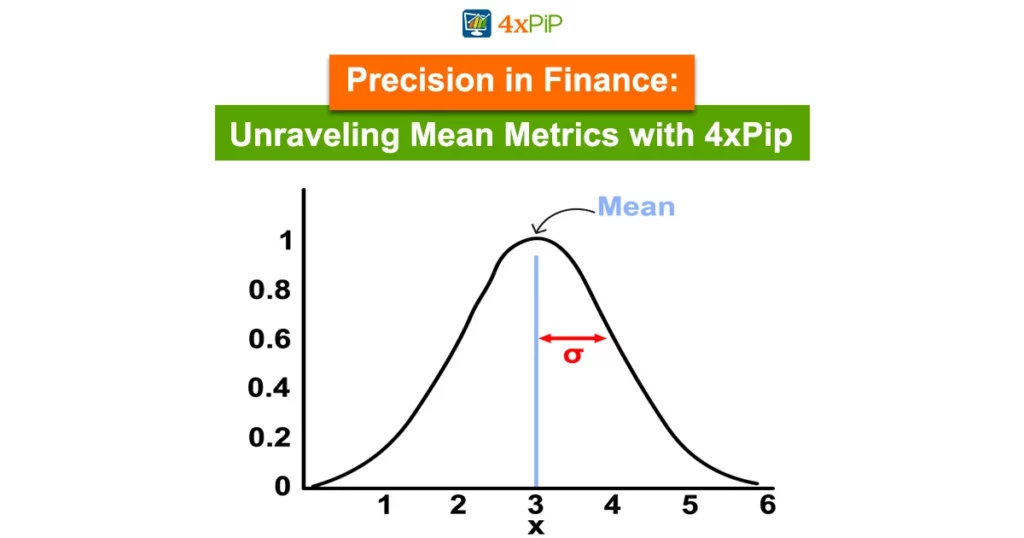In the realm of financial metrics, the arithmetic mean stands out as a straightforward and commonly used measure of average. This article will delve into the definition, applications, and limitations of the arithmetic mean, shedding light on its role in finance and exploring alternative means of measurement.
Understanding the Arithmetic Mean:

The arithmetic mean, a basic yet powerful tool, calculates the average by summing a series of numbers and dividing by the count of those numbers. For instance, consider the numbers 34, 44, 56, and 78, with a sum of 212. The arithmetic mean is 212 divided by four, resulting in 53.
In finance, this mean is frequently employed for mean earnings estimates. Calculating the average earnings expectation from a group of analysts covering a stock involves a simple arithmetic mean, adding up estimates, and dividing by the number of analysts.
Beyond the Basics: Other Means in Finance:
However, the financial landscape demands more sophisticated measures due to the potential impact of outliers. The geometric and harmonic means emerge as alternatives, offering more nuanced insights into certain financial scenarios. The trimmed mean, too, finds its application in economic data computations like the Consumer Price Index (CPI) and Personal Consumption Expenditures (PCE).
The Utility of the Arithmetic Mean in Finance:
Despite its simplicity, the arithmetic mean retains significance in finance. Whether estimating average closing prices or mean earnings, its ease of calculation makes it a go-to for many financial analysts. Even with large datasets, the arithmetic mean often provides meaningful results.
Navigating Limitations: When the Arithmetic Mean Falls Short:
While the arithmetic mean is a reliable measure in many contexts, it has limitations, particularly when outliers exert disproportionate influence. Imagine calculating the average allowance of a group of 10 kids, where nine receive $10 to $12 and one gets $60. The arithmetic mean, in this case, becomes $16, skewed by the outlier.
In scenarios involving investment portfolios, especially those with compounding factors, the arithmetic mean may mislead. Future cash flows and historical returns analysis demand a more nuanced approach, where the geometric mean takes the lead.
Arithmetic vs. Geometric Mean: Choosing Precision:

In the financial realm, the choice between arithmetic and geometric mean hinges on the nature of the data. For returns exhibiting serial correlation, such as yields on bonds or stock returns, the geometric mean offers a more accurate reflection. Unlike the arithmetic means, it considers compounding, crucial for measuring returns over extended periods.
Calculating the Geometric Mean: Precision Unveiled:
To grasp the distinction, let’s examine a hypothetical stock’s returns over five years: 20%, 6%, -10%, -1%, and 6%. The arithmetic mean yields 4.2% per year, while the geometric mean, factoring in compounding, provides a more accurate 3.74% per year.
Investors often prefer the geometric mean for its accuracy in measuring returns, recognizing its ability to incorporate compounding effects over time. While more laborious by hand, tools like Microsoft Excel simplify geometric mean calculations using the GEOMEAN function.
Conclusion: Precision Matters in Financial Metrics:
In conclusion, understanding the nuances of mean calculations in finance is vital for accurate analysis and decision-making. While the arithmetic mean serves as a reliable basic tool, its limitations necessitate the exploration of alternatives like the geometric mean. A nuanced approach to mean calculations ensures precision in assessing financial performance and making informed investment decisions.
Explore Further with 4xPip:
In this exploration of mean calculations, 4xPip provides valuable insights for traders and investors. Our experts navigate the complexities of financial metrics, offering tools like Expert Advisors and Indicators for automated trading. Discover precision in your trading strategies by exploring our products, such as Stoploss MT4 EA and Stoploss MT5 EA.
For more information and personalized guidance, reach out to 4xPip’s customer support at [email protected]. Elevate your trading experience with 4xPip – your trusted partner in the dynamic world of finance.












